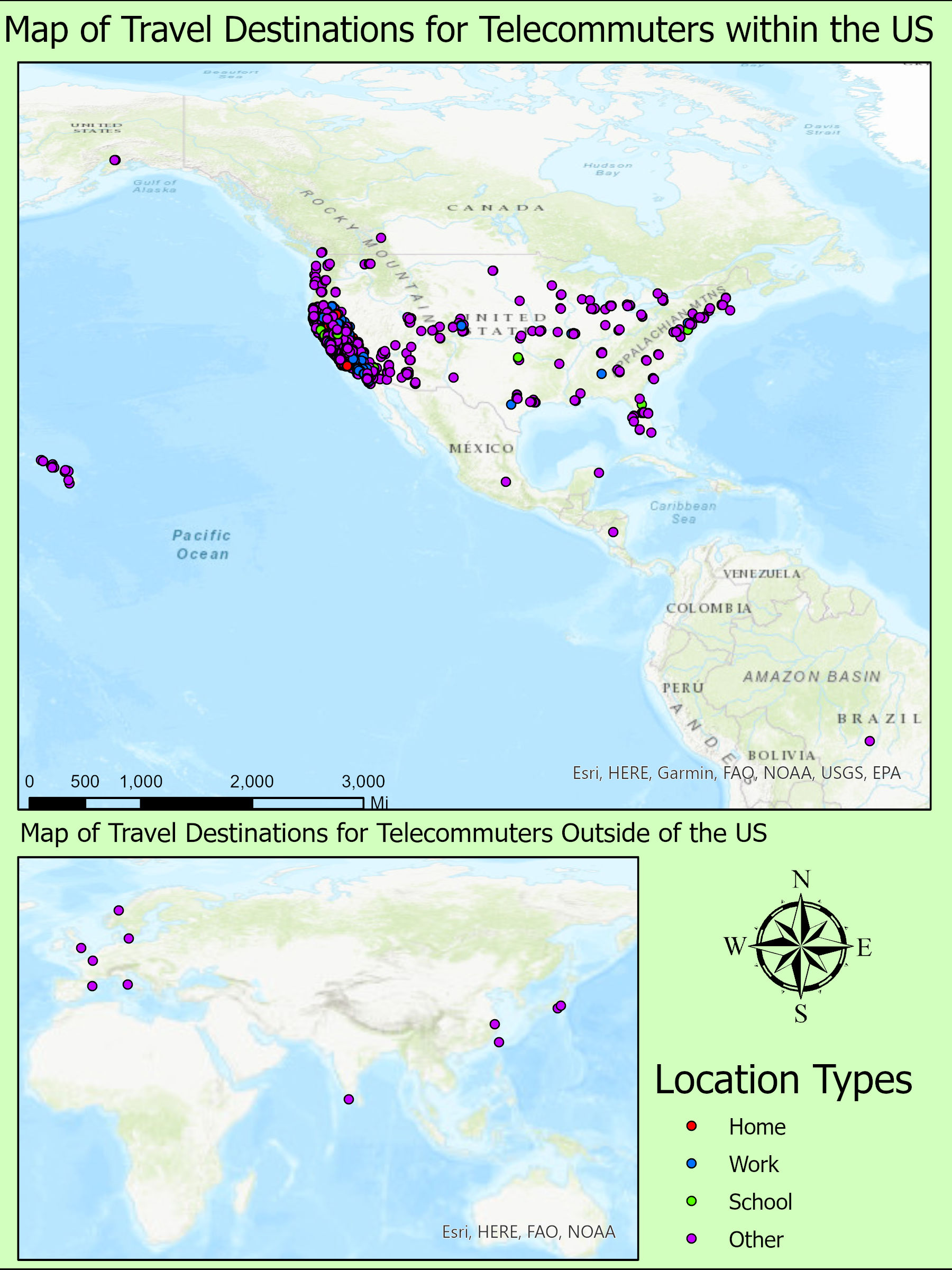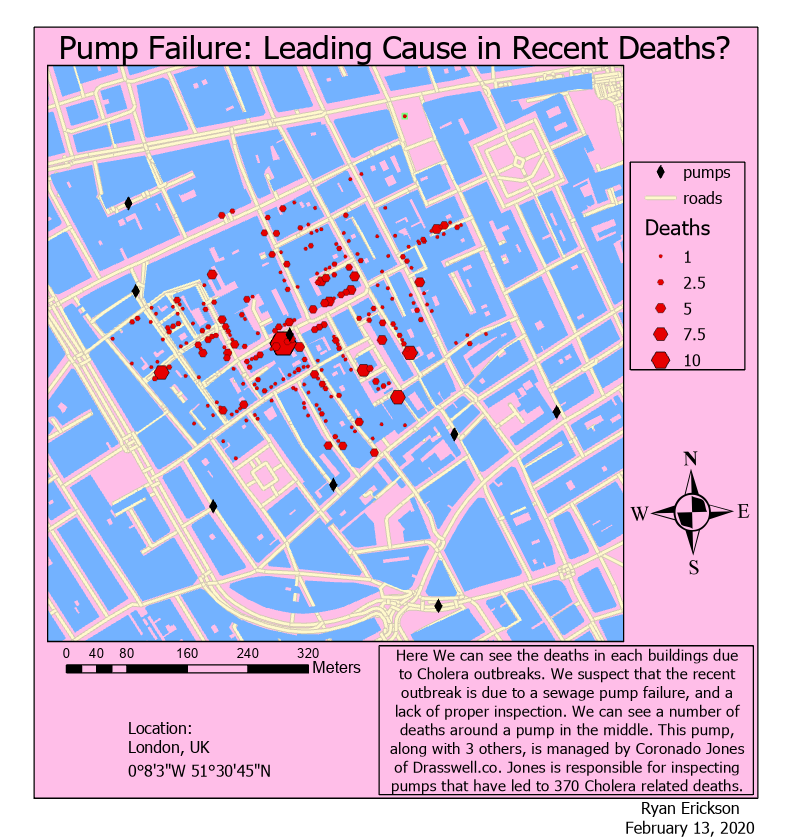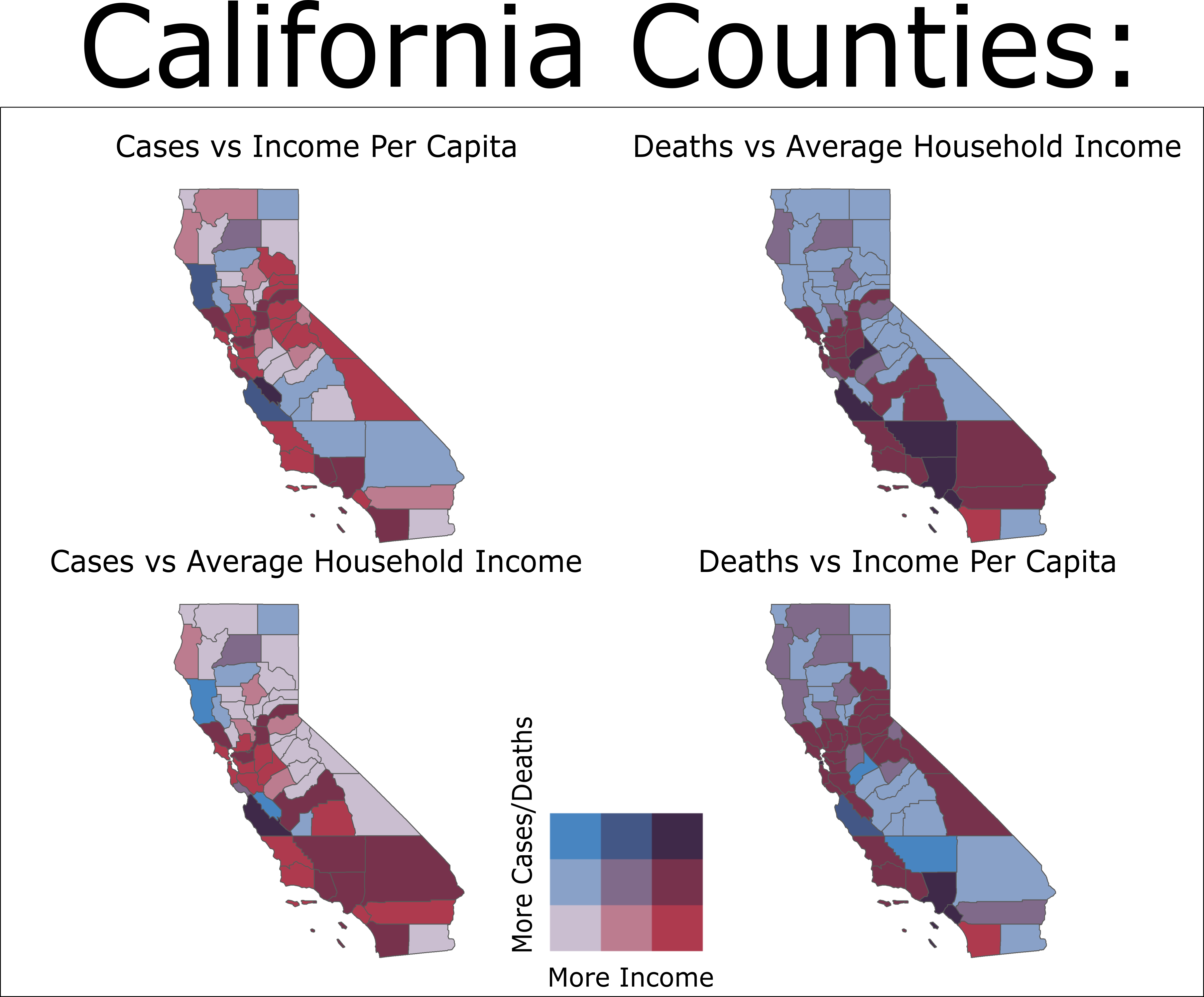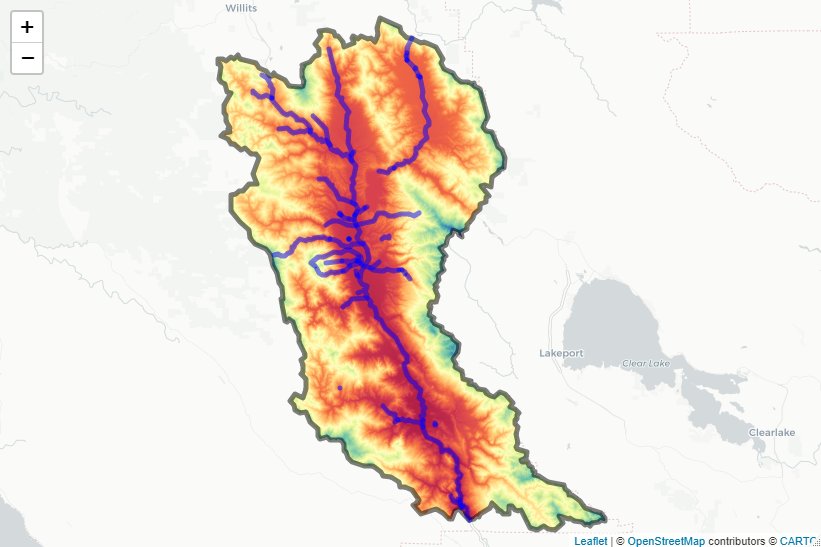Introduction to Research
Brief tutorials that introduce my background and capabilities.
These tutorials are dedicated to those wishing to become more aquainted with Data Science and programming software. I've been called many things, but I feel that "teacher" comes to mind as the most frequently used adjective.
If you don't own/use any of the provided services requiring subscribed access, don't worry! While it may be a steep learning curve, you can accomplish the same task with freely avaliable software. These are basically light versions of old classwork and w3schools tutorials. It may be best to select a single language to understand how syntax and data structures can impact a program's behavior.





